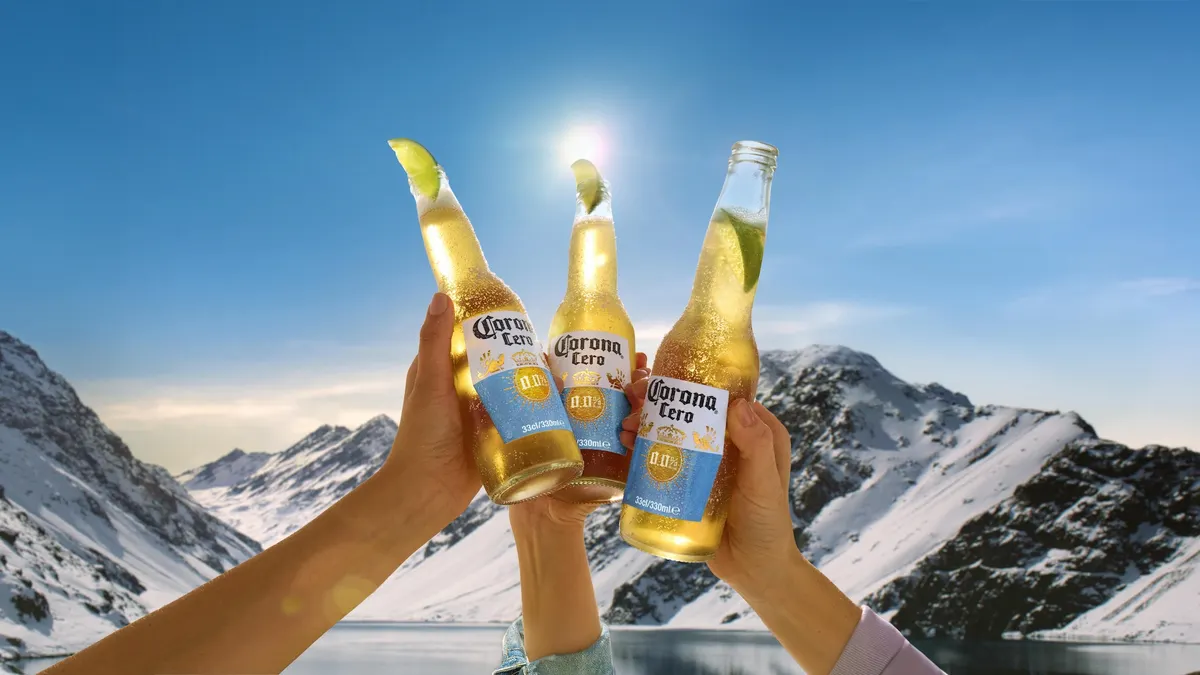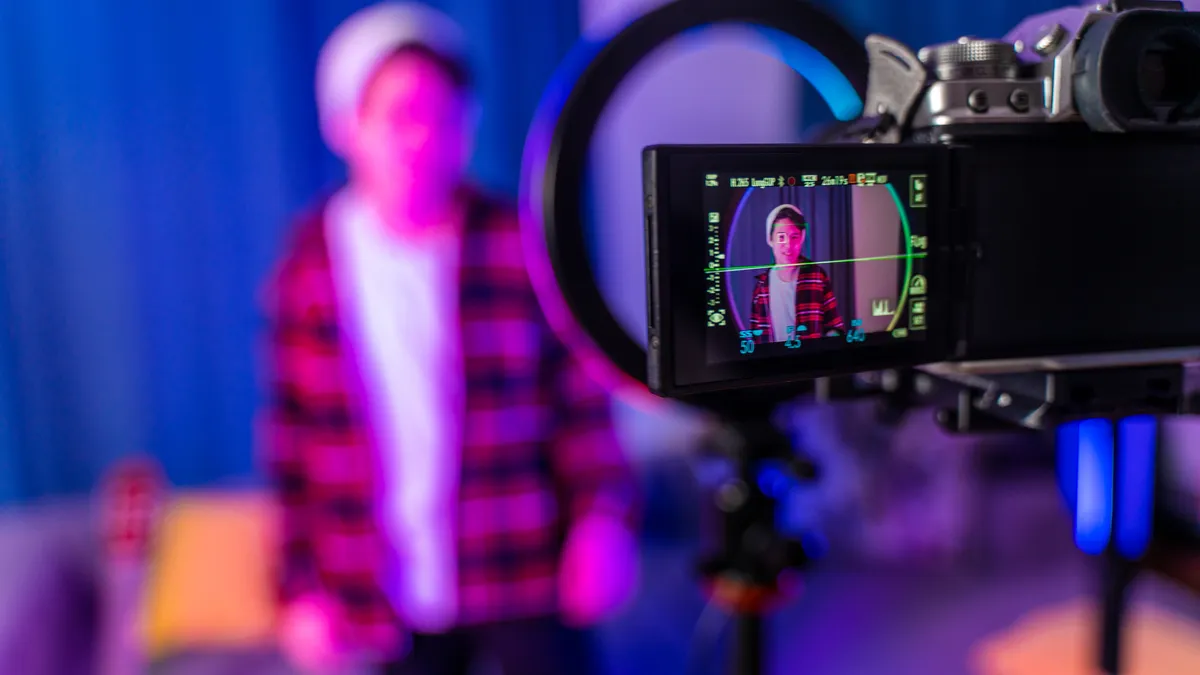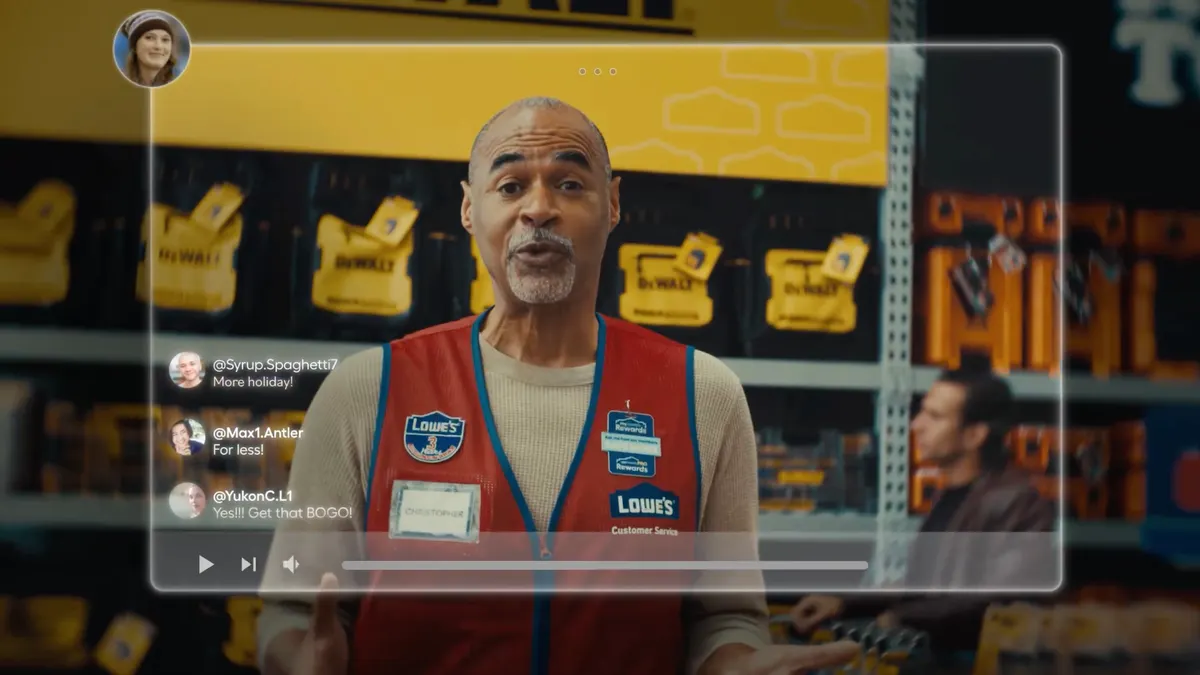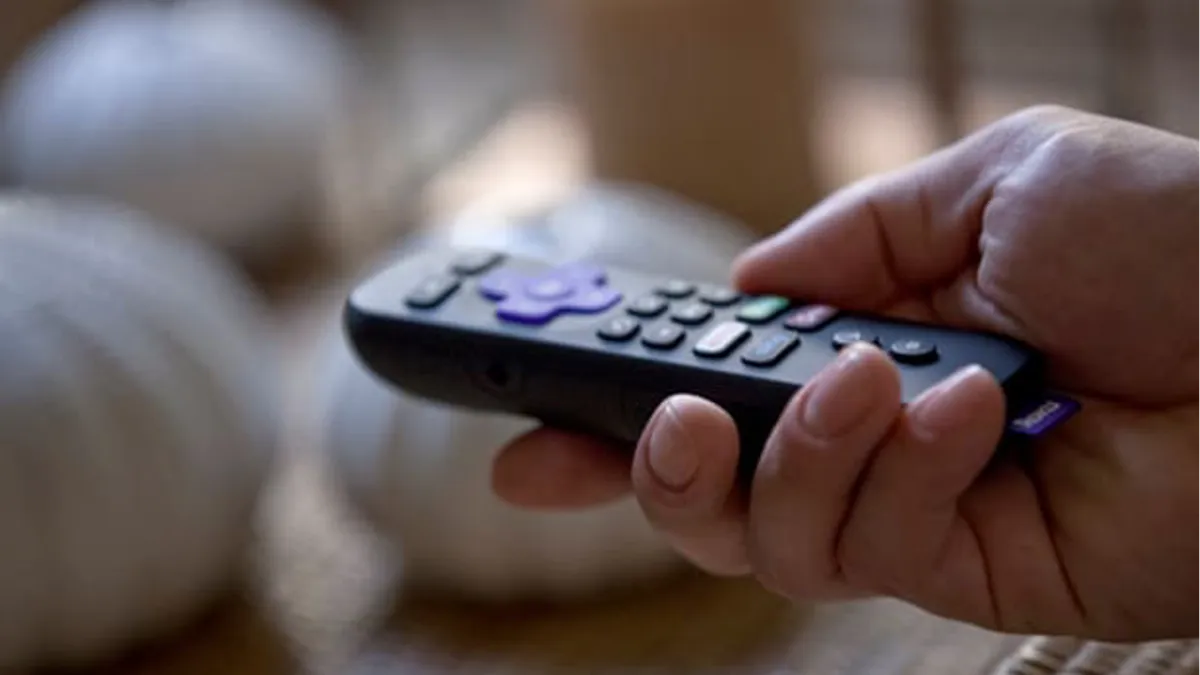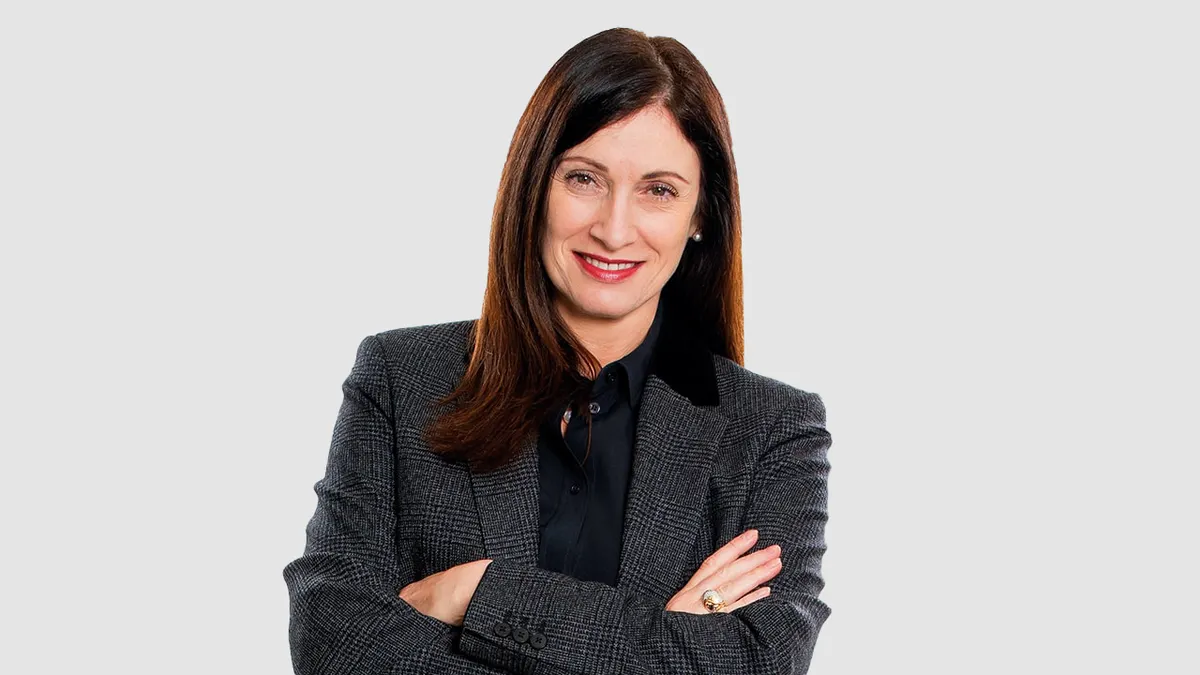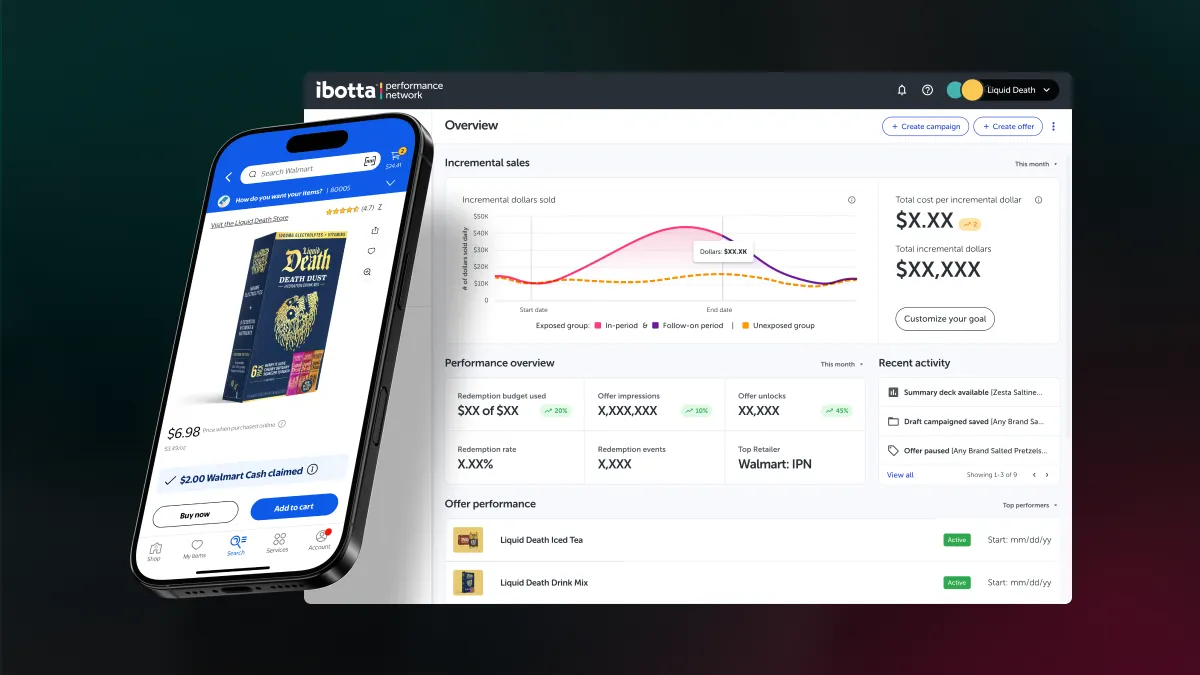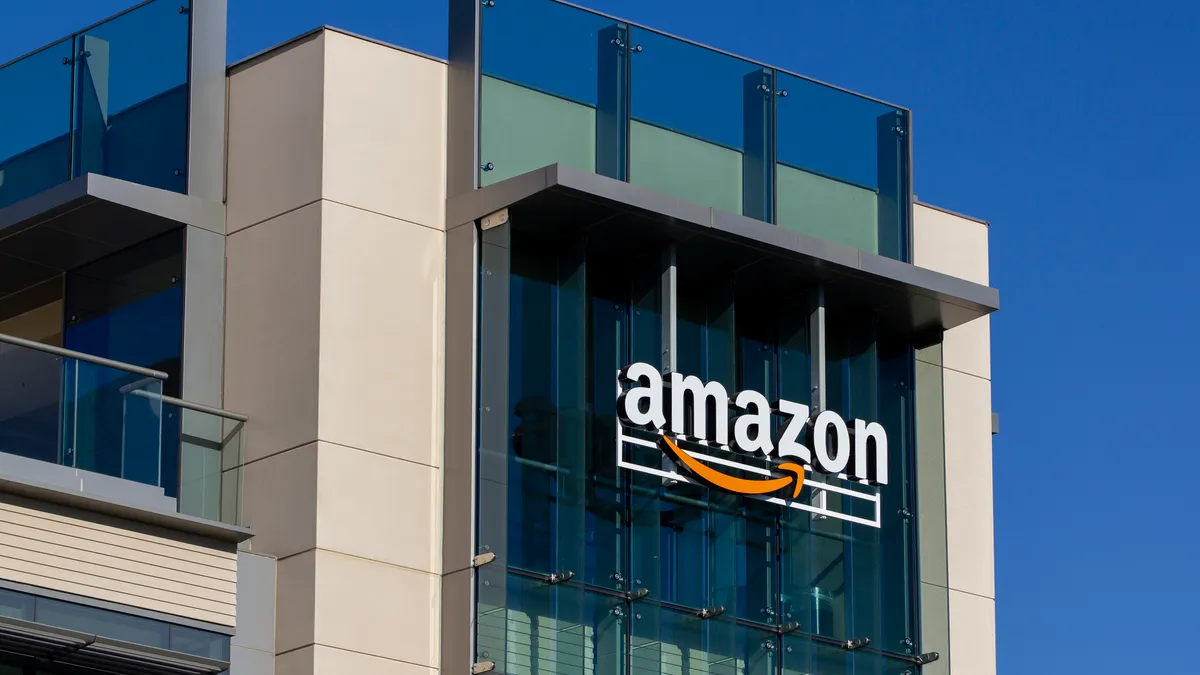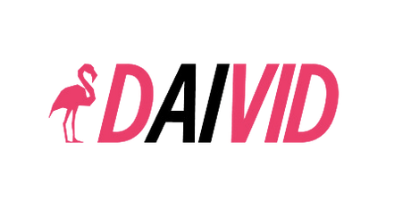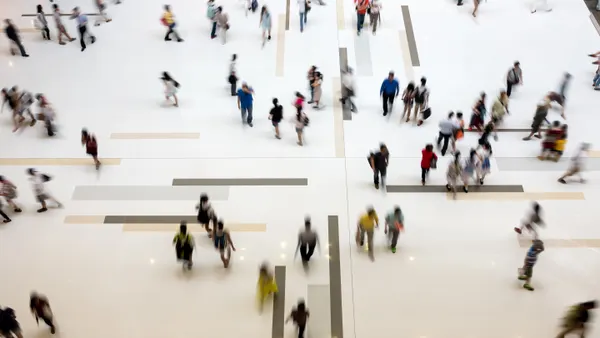Color can be a controversial topic in the world of marketing. There is lot of speculation about what certain colors portray and evoke. Although there is some misinformation, or information without a lot of scientific backing, plenty of data exists to suggest that color can absolutely impact a campaign.
The specific impact of a particular color depends on a number of factors, including culture, location and messaging. Red in North America doesn’t represent the same things as it does in Asia, for example. For the purpose of this article, however, we will mostly be referring to cultural reactions to color from a North American perspective.
Any of the following five colors can impact your message in different ways, so be sure you are conveying the right message and attracting the right kind of attention.
1. RED
A number of studies have reported that the color red is associated with being youthful and bold. Red stimulates the brain and is reported to cause impulsive behavior. Because of this, you will see a lot of convenience brands like fast food chains using the color. This impulse association is also why so many clearance signs are marked red.
According to a study from visual analytics and marketing platform Curalate, images that contained predominately red tones received twice as many repins on social site Pinterest. If your brand is interested in reaching an audience on Pinterest, it is in your best interest to utilize red.

2. BLUE
With an exceptional branding experiment like Facebook, one would think a lot of serious thought went into choosing the colors for the brand, but founder Mark Zuckerberg actually chose blue because he is red-green colorblind. Blue is the easiest color for him to see.
That’s not the case with most brands that choose blue. It’s a popular color with financial institutions, insurance firms, tech firms, health care organizations and other large organizations seeking consumers' trust. The color blue is considered to be a color of trustworthiness, stability and professionalism. It’s possible that so many social media sites choose blue because what they are doing is so new, they want people to associate their brand with more established entities.
If you want your brand to do well on the popular image sharing platform Instagram, a recent study from Curalate says that blue images receive 24% more likes than photos with more stimulating colors like red or orange. In fact, the bluer it is, the better. According to the study, images that had over 40% of the same hue performed the best in terms of engagement.
The difference between Instagram and Pinterest could be attributed to users’ demeanors when using each platform. Instagram may be a way for users to relax, while Pinterest users are scouring the platform for stimulation and ideas.
3. GREEN
Green is universally, and historically, associated with nature and the environment. In more recent years, the color and term “green” have taken on even more specific meanings when they are paired with brands, given their synonymous status with being environmentally conscious and ecological sound. Aligning a brand with that messaging is powerful.
With that power comes responsibility, though. If you use green in your branding, people will often assume your brand has environmentally sound practices. If that isn’t the case, you could face some serious backlash when those who thought they were buying into an eco-friendly product find out they were mislead.
When the color green and its environmental associations are successfully aligned, however, it can works wonders for the brand. Take Starbucks for example. Their ubiquitous green logo has become a poster child for corporate responsibility. They made public promises to source all coffee from ethical sources by 2015, implemented various extensive recycling programs, and continue to offer perks like 10 cents off the order for customers who bring in reusable tumblers and free coffee on Earth Day for customers with reusable mugs.

4. YELLOW
In most cultures, yellow is the color most associated with the sun. It is generally thought to inspire happiness and warmth in people, and is often used in conjunction with red to inspire impulse decisions. Again, this is why so many fast food chains use red and yellow in their branding. The red inspires intensity and hunger while the yellow brings up feelings of happiness and friendliness.
In branding and marketing, yellow is most effective when used in small amounts as an accent. Because it has such a strong tendency to grab attention, it can be easily overused. To draw people to a particular part of a message or image, yellow can be effective. In McDonald’s branding, for example, only the arches are yellow, while other things are red or white. This intentional use of yellow makes the logo stand out.
5. BLACK
Black is the epitome of simple and sleek. It is often associated with power, which in marketing is often synonymous with expensive. Those selling luxury items, like cars, often use black as the primary color in their branding and marketing efforts.
Like yellow, black should be used sparingly. The easiest color for the human eye to see is white because it reflects the most light. Black by contrast reflects the least light. If likes of a photo on Instagram, for example, is a goal for your brand, using predominantly black images will not work. Lighter images received 24% more likes than dark images on the photo sharing platform, according to the Curalate study.
Would you like to see more marketing industry news and information like this in your inbox on a daily basis? Subscribe to our Marketing Dive email newsletter! You may also want to check out Marketing Dive's look at 5 recent email changes that required marketers to adapt.






